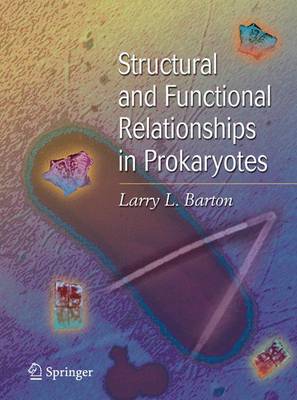For several decades, bacteria have served as model systems to describe the life p- cesses of growth and metabolism. In addition, it is well recognized that prokaryotes have contributed greatly to the many advances in the areas of ecology, evolution, and biotechnology. This understanding of microorganisms is based on studies of members from both theBacteria andArchaea domains. With each issue of the various scienti?c publications, new characteristics of prokaryotic cells are being reported and it is - portant to place these insights in the context of the appropriate physiological processes. Structural and Functional Relationships in Prokaryotes describes the fundamental physiological processes for members of the Archaea and Bacteria domains. The - ganization of the book re?ects the emphasis that I have used in my 30 years of teaching a course of bacterial physiology. The philosophy used in the preparation of this book is to focus on the fundamental features of prokaryotic physiology and to use these features as the basis for comparative physiology. Even though diverse phenotypes have evolved from myriad genetic possibilities, these prokaryotes display considerable functional similarity and support the premise that there is a unity of physiology in the prokaryotes. The variations observed in the chemical structures and biochemical p- cesses are important in contributing to the persistence of microbial strains in a speci?c environment.
- ISBN13 9780387207087
- Publish Date 1 December 2004
- Publish Status Active
- Publish Country US
- Imprint Springer-Verlag New York Inc.
- Edition 2005 ed.
- Format Hardcover
- Pages 818
- Language English
